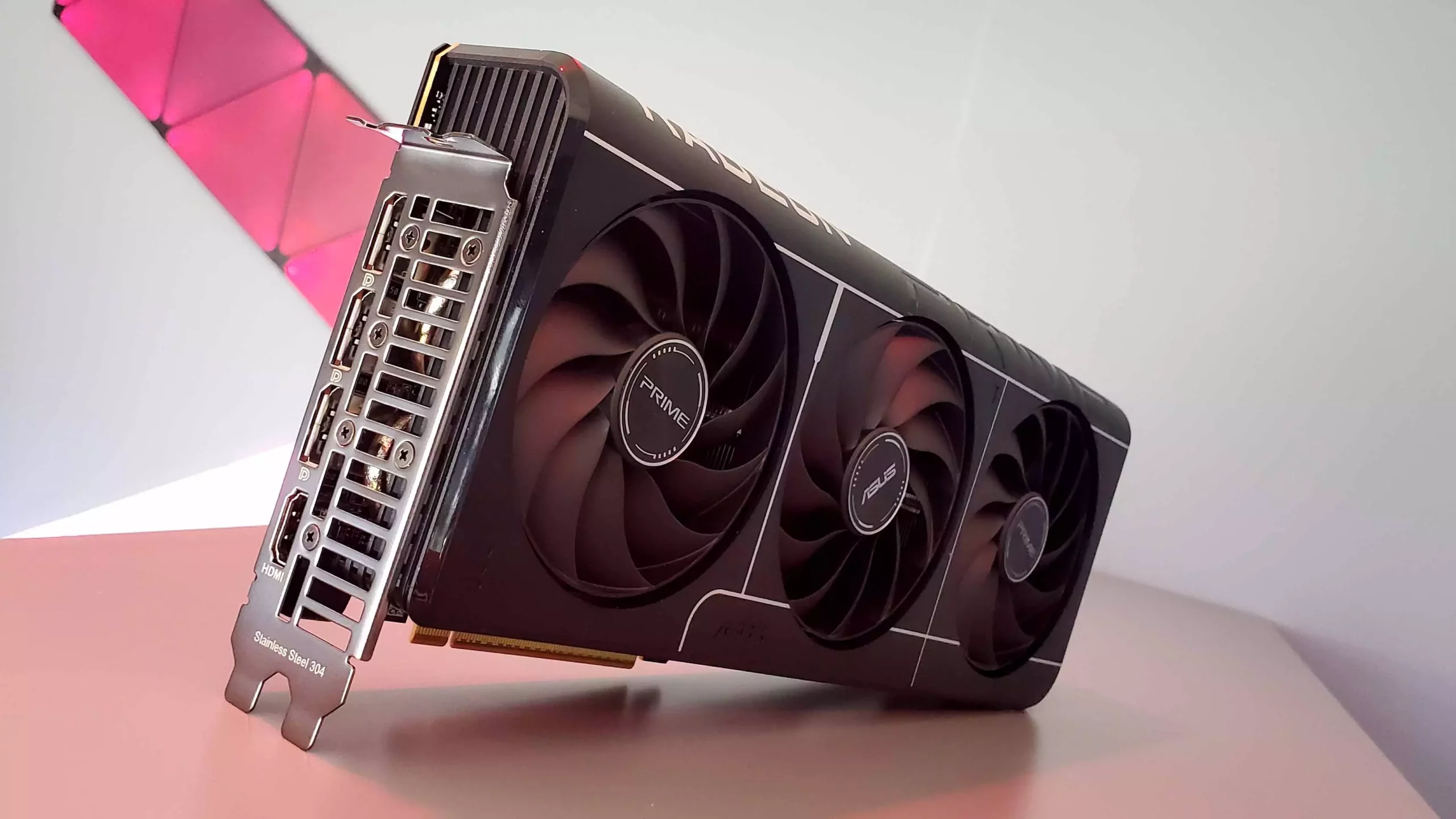Recent reports from Bilibili’s hardware channel 51972 have brought to light some intriguing benchmarking results regarding the AMD Radeon RX 9070 XT graphics card. This analysis compromises 22 different models, revealing a striking end note: variants of the card that employ Samsung GDDR6 memory chips are consistently outperforming their SK Hynix counterparts by a mere 2.6%. While this difference may appear trivial at first glance, the implications for consumers and enthusiasts blindsided by mere numbers pose a deeper concern regarding product consistency and performance reliability.
A Closer Look at the Performance Gap
The 2.6% performance gap might sound insignificant, especially when we consider the slew of factors contributing to real-world usability. However, any reduction in efficiency raises questions about a brand’s commitment to quality. AMD appears to have made a transition to Samsung’s GDDR6 memory for the RX 9070 XT, a move that the company presumably hoped would enhance overall efficiency, particularly in terms of thermal performance. Yet, the revelation that these newer memory chips exhibit looser timings, reportedly leading to the slight performance reduction, undermines the intended impact of this transition. It surfaces a broader conversation around the trade-offs that manufacturers often make in pursuit of cost-efficiency.
Implications for Gamers and Enthusiasts
For gaming enthusiasts and professionals, every fraction of performance counts, often influencing purchasing decisions and future-proofing considerations. While a 2.6% decrease might not significantly sway game performance in the vast majority of scenarios, it does alter the perception of the card’s competitive standing against rivals like the Nvidia RTX 5070 Ti. With elevated expectations from AMD’s FX line, there exists a sense of disappointment when numbers seem to reflect anything less than exceptional.
Moreover, AMD’s disclosure that it will not distinctly categorize cards that utilize Samsung memory versus those outfitted with SK Hynix raises questions about transparency. Gamers expecting the highest tier of performance could unknowingly acquire a card that falls short of potential under standard conditions. Such opacity might foster sentiments of distrust among consumers already wary of the marketing practices employed within the tech industry.
Overclocking: Hope or Hindrance?
The core speculation surrounding the performance differential touches on another vital point: overclocking potential. While the benchmarks currently indicate a decline in performance, it’s prudent to explore whether these Samsung-equipped cards can achieve comparable improvements through tuning. There are anecdotes of existing cards seeing substantial performance boosts through undervolting and memory clock adjustments. This invites a critical question: Will Samsung’s GDDR6 memory handle overclocking as adeptly as its SK Hynix counterpart?
Until hands-on testing confirms or disproves the speculative hypothesis, it remains uncertain whether the newly equipped memory can ascend to match expected capabilities. Such ambiguity could further complicate the decision-making process for prospective buyers looking for maximal performance.
The Broader Impact of Component Selection
The ramifications of selecting one component brand over another reverberate through the user experience. While AMD’s innovation in memory production suggests forward momentum, the reality that one component may underperform—however slightly—changes the metrics by which consumers evaluate value. In a market teeming with cutthroat competition, this could signify more than just a minor slip. Trust is a rare currency amongst tech enthusiasts, which raises larger questions regarding AMD’s current trajectory and long-term reputation.
Accepting variances of 2.6% in competitive gaming is one thing; accepting inconsistency in a core product’s performance is altogether different. At a time where every feature, every detail, seems critical to competitive edge, AMD’s current scenario poses a critical juncture. How the company addresses this revelation will ultimately define its reputation amongst a user base anxious for technological fidelity.
While a small percentage difference might not trigger widespread alarm, it underscores a dynamic shift in consumer perceptions and expectations. As AMD forges ahead with its strategic decisions, it must consider the broader implications of its choices on trust and performance integrity within an increasingly discerning marketplace.


Leave a Reply